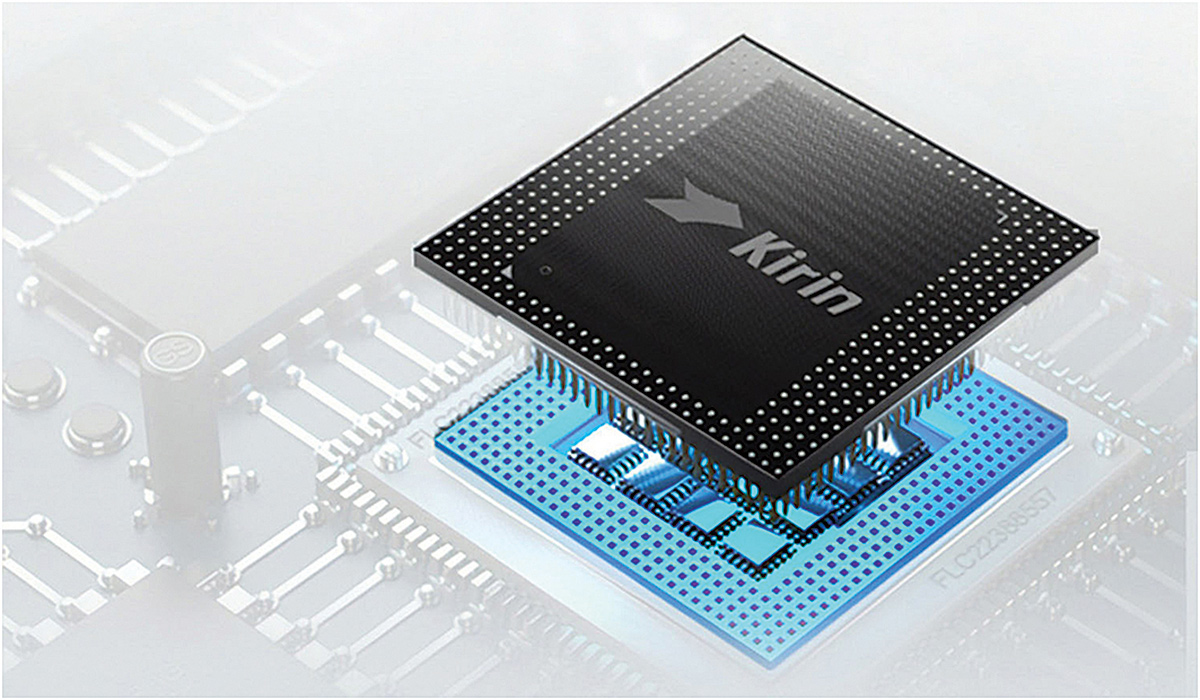
Huawei surpassed Samsung to become the largest global smartphone distributor in the second quarter of 2020. Even amidst the pandemic, Huawei managed to move a massive 58.8 million smartphones in the second quarter alone. This accomplishment is especially notable in light of the fact that Huawei phones have lost access to the Google Play Services and the Android App Store to last year’s trade sanctions placed by the U.S. Government.
In May 2019, the U.S. Government placed the Chinese smartphone manufacturer in something called the “Entity List” which prohibited companies in the United States from supplying the tech giant with any hardware or software support listed under the “Commodity Control List,” without a rigorous licensing process.
Things have only gotten more intense since. On May 15, 2020, Washington announced that the companies listed in the Entity List could not purchase hardware or software that were manufactured with US-based technology, even if the manufacturing process was taking place outside of US soil. This policy is set to take effect after a 120-day buffer which ends next month.
The first time around, Huawei lost a valuable offering on the software front. This time the sanctions have forced Huawei to lose a very important aspect of their hardware - the Kirin chipsets.
The SoCs from Kirin had been at the heart of a lot of devices that Huawei manufactured including smartphones. Kirin is a brand of semiconductors owned by HiSilicon, a subsidiary of Huawei.
However, they source the manufacturing of their processors from Taiwan Semiconductor Manufacturing Company (TSMC). The supply chain is hindered because TSMC uses US-based technology in their manufacturing process. Without Kirin, chipsets from Samsung and Qualcomm would have been the next best option for Huawei but the same restrictions apply to them as well.
Losing the Kirin hardware has a lot of repercussions for other aspects of Huawei’s smartphone hardware as well. Huawei relied heavily on its image signaling processor form the Kirin chipset for its incredible camera performance.
The powerful chip also had its cutting-edge BM3D noise reduction algorithm and supported its unique RYYB sensor technology. These hardware components were what made Huawei’s smartphone cameras one of the best in the market.
Apart from the camera, Huawei’s machine learning capabilities were also thanks to Da Vinci architecture on the Kirin chipsets. Additionally, losing Kirin means losing super-resolution zoom imaging, low-power voice recognition, gesture controls, facial recognition security, 5G compatibility, and other fine-tuned adjustments to the silicon wafers.
Essentially, if the sophisticated chipset system is taken out of Huawei, they may lose a significant portion of what made them who they are. Without Google Services, Huawei is struggling to stay relevant in the western world, but if even the hardware front falters, it may lose its hold on the Asian markets as well.
But Huawei is one of those companies that come back stronger after every hit. This much is evident by this quarter’s sales figures. So how is Huawei planning their comeback?
Given the current circumstances, MediaTek seems like the only other option for the Chinese telecommunications giant. Reports from Global Times suggest that MediaTek is also getting ready to supply Huawei with 120 million chips during this buffer period.
MediaTek had also released their own premium 5G capable SoC earlier this year. Though this is the first flagship grade chip from the Taiwanese fabless semiconductor company in well over two years, the chip is reasonably untested.
However, with no other way out of this tight spot, Huawei will definitely be looking into MediaTek’s supply chain and this might just be a win-win situation for both parties. If the two tech companies come to an agreement, experts claim that MediaTek might even outsell Qualcomm.
Qualcomm in turn is lobbying the US government to stay in business. In an official statement to the Wall Street Journal, Qualcomm claimed,
“If Qualcomm is subject to export licensing, but its foreign competitors are not, US government policy will cause a rapid shift in 5G chipset market share in China and beyond.”
Qualcomm expects the US-based SoC manufacturers to lose eight billion dollars worth of business every year to their foreign competition if the trade ban persists.
Whatever direction this tide takes, one thing is for certain: the dynamics of the smartphone industry are changing and because of these trade sanctions, we might just see a new breed of smartphones emerge.
Published Date: September 15, 2020, 12:00 am
Post Comment
E-Magazine
RELATED Tech Talk





